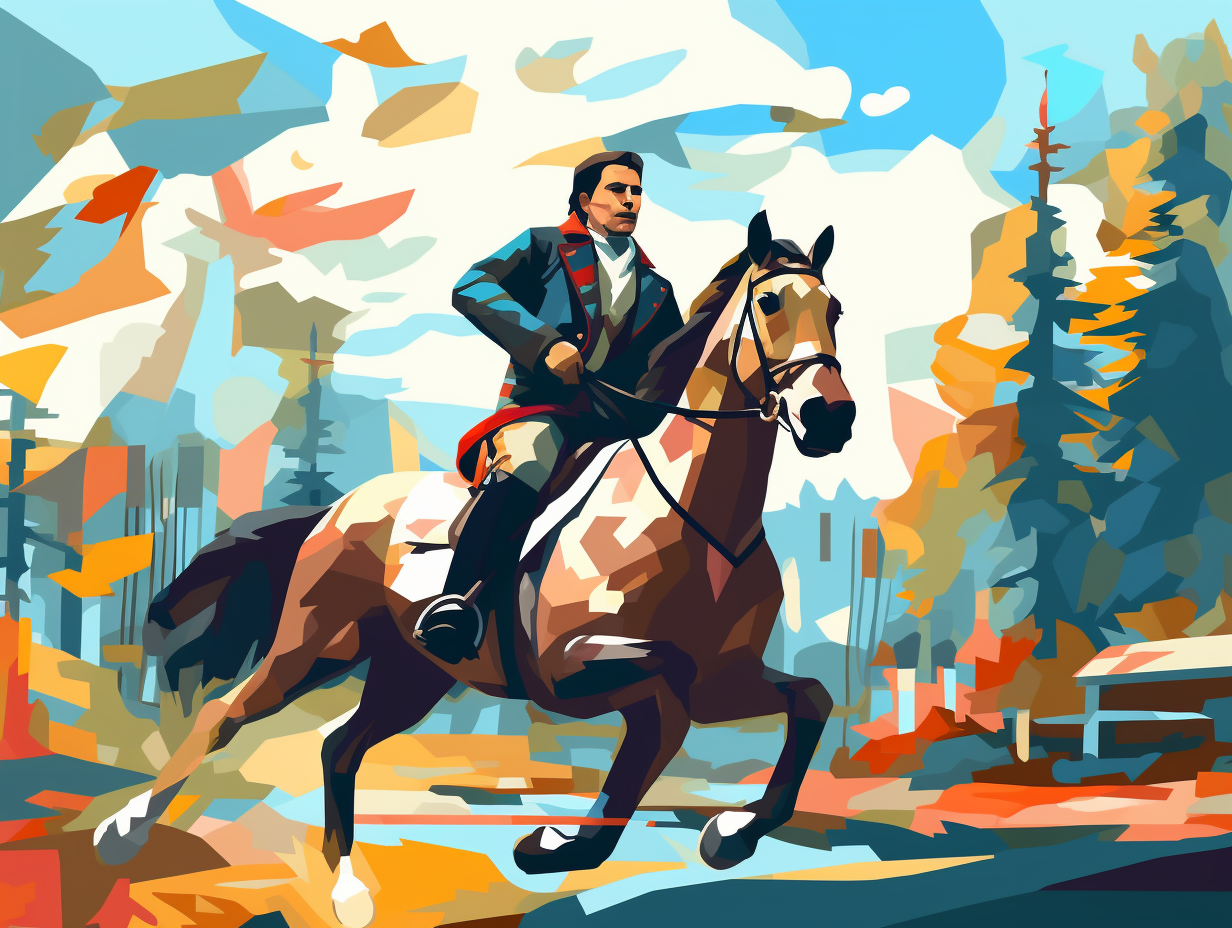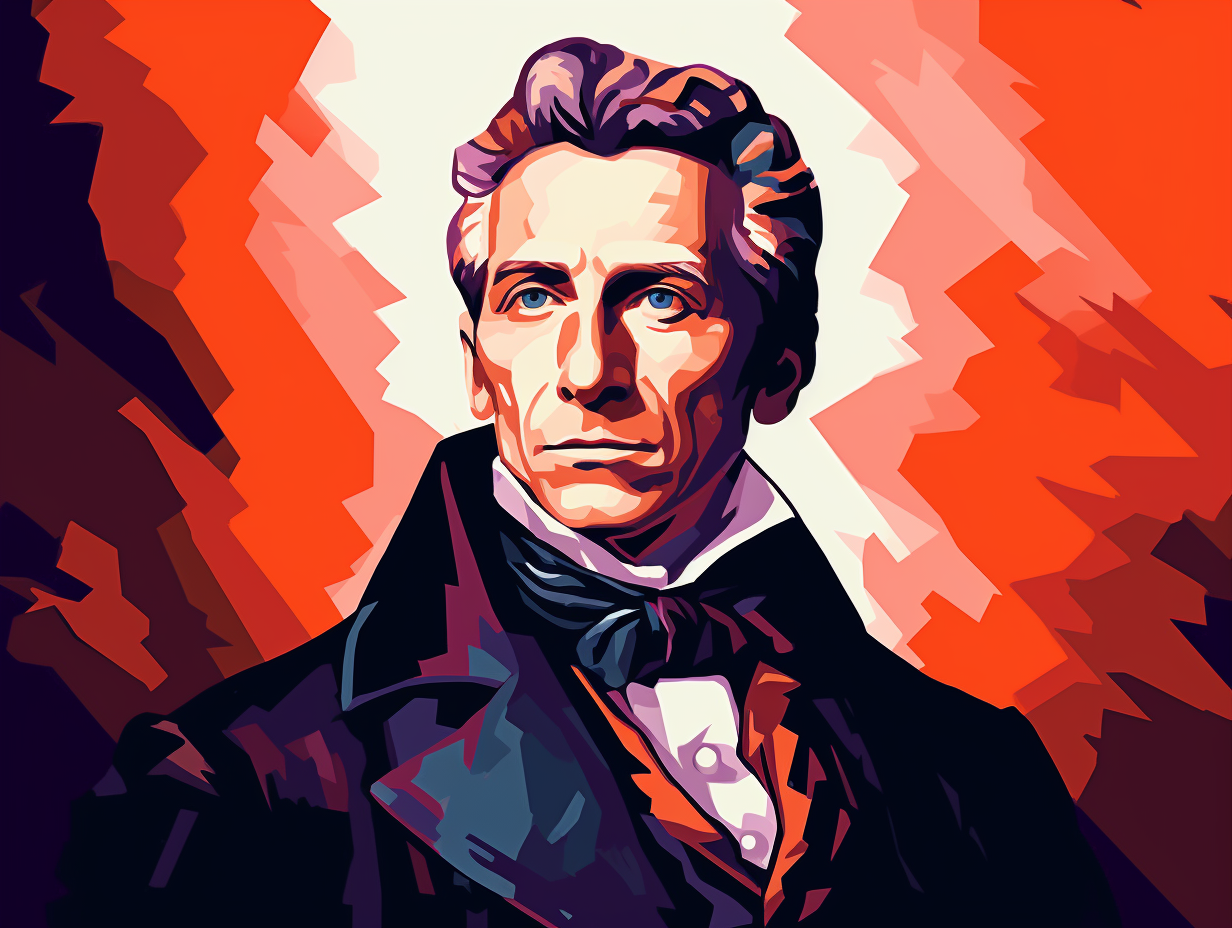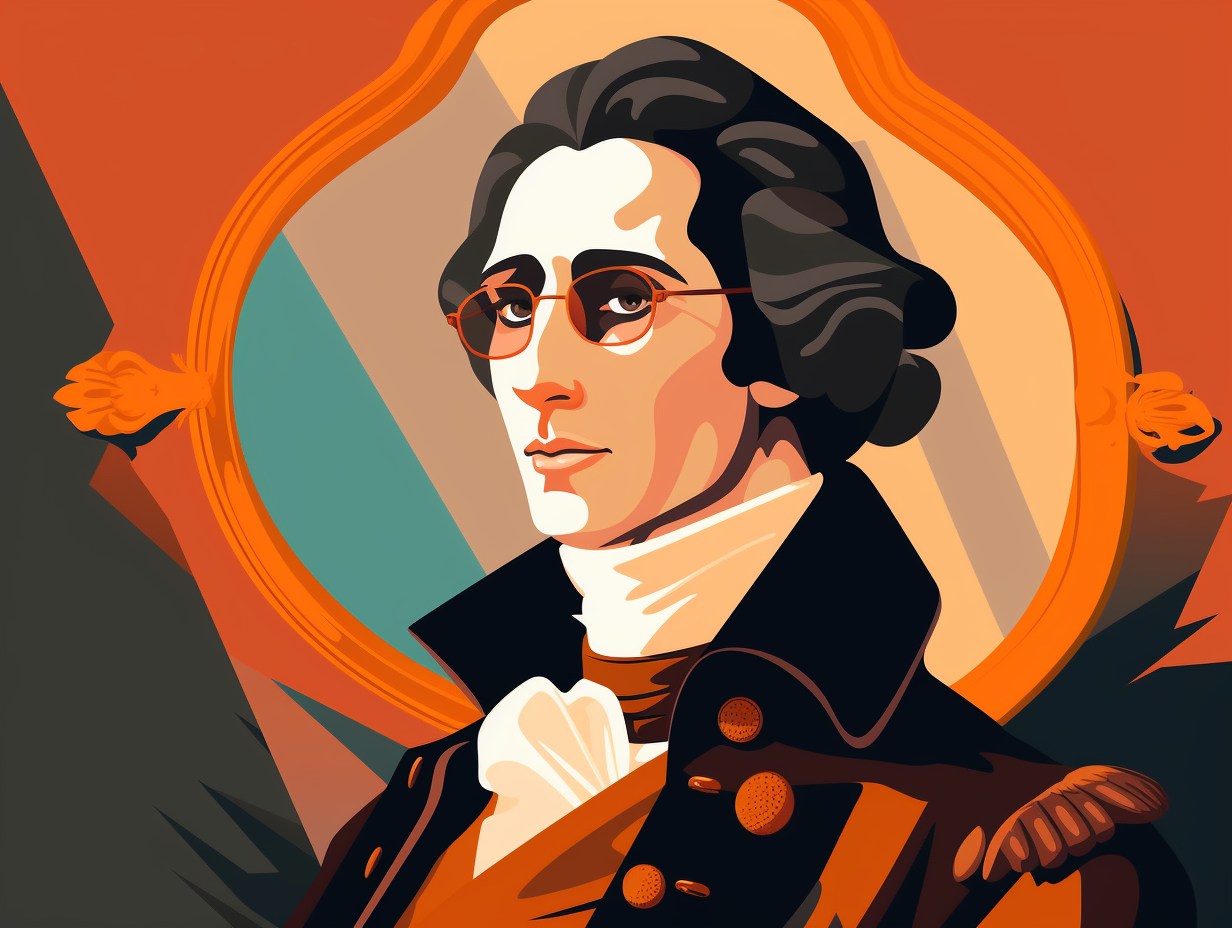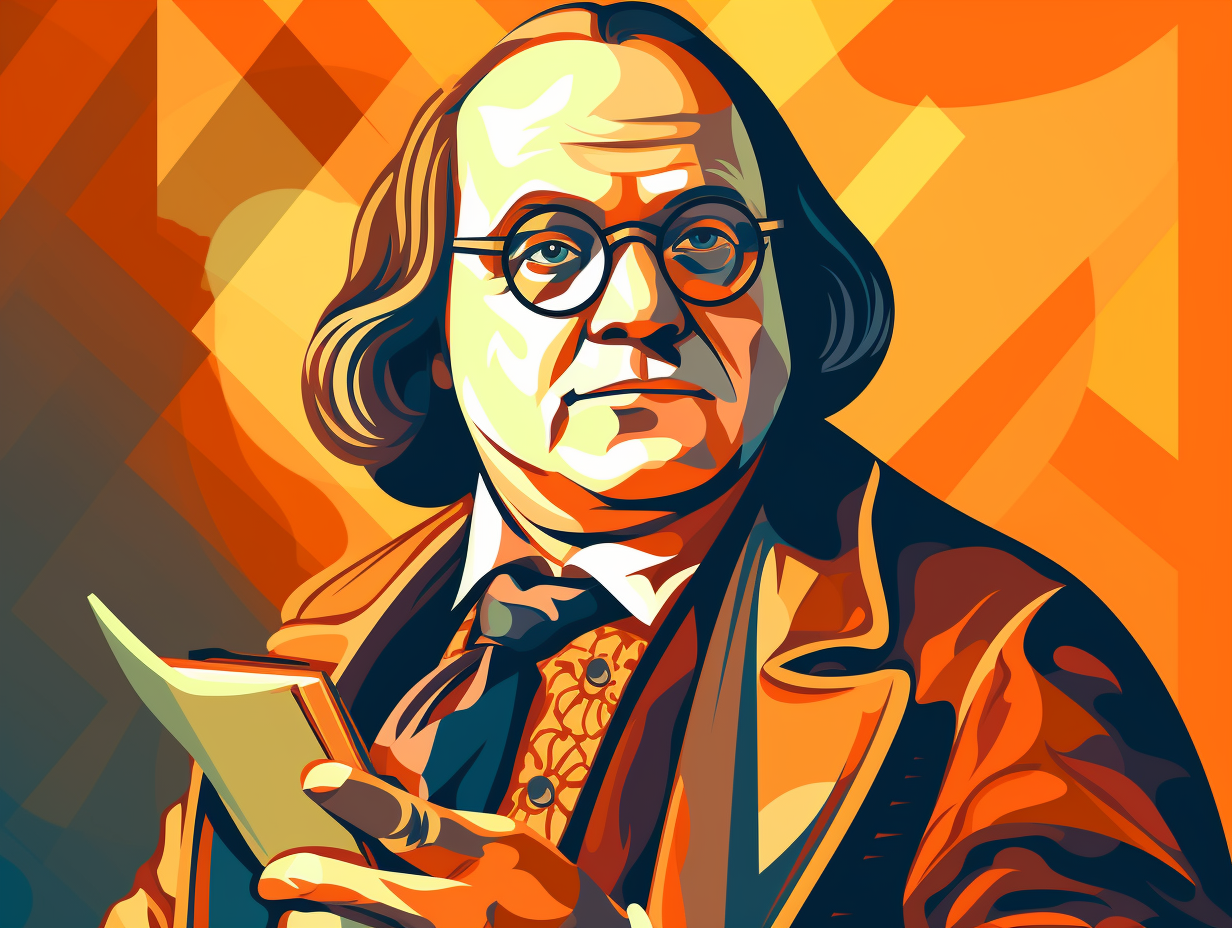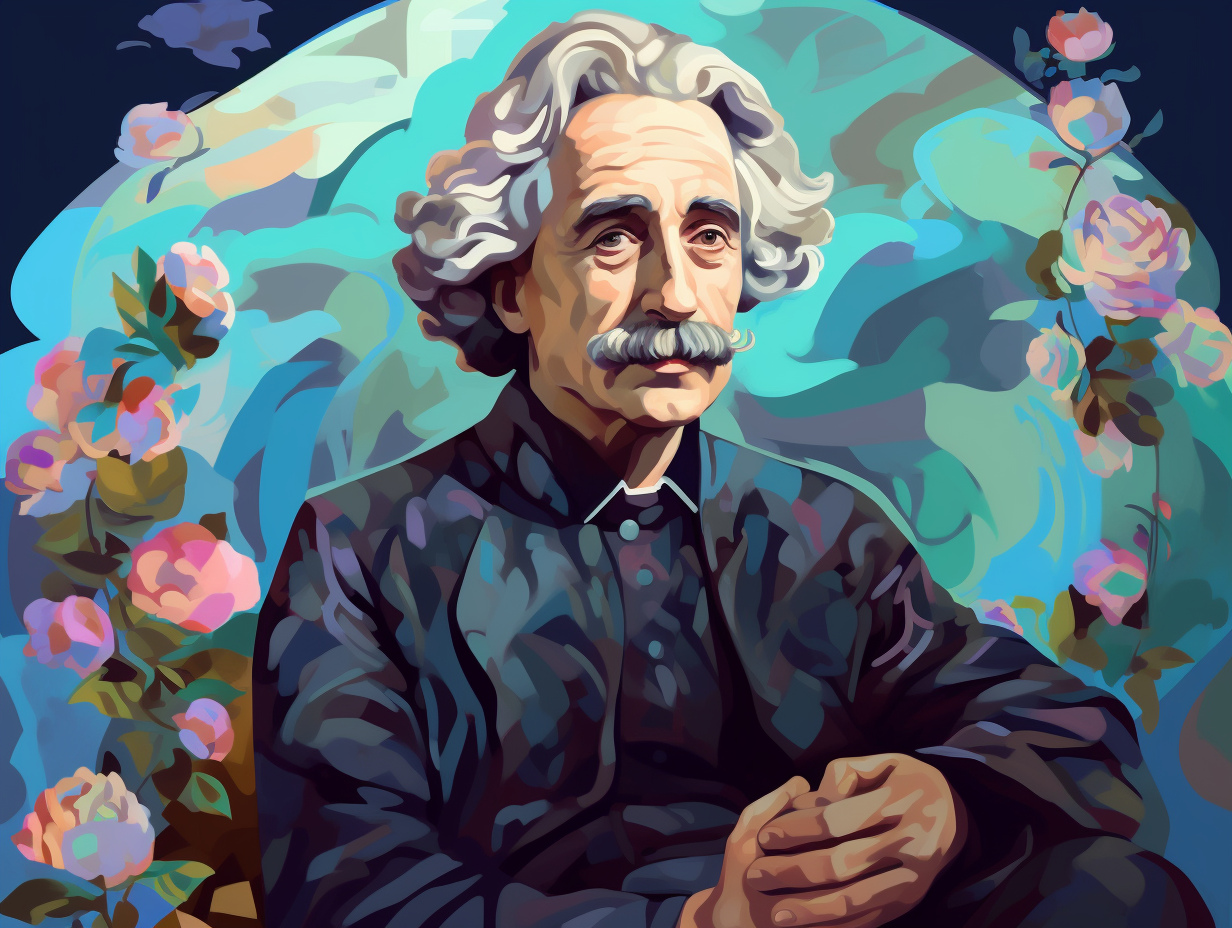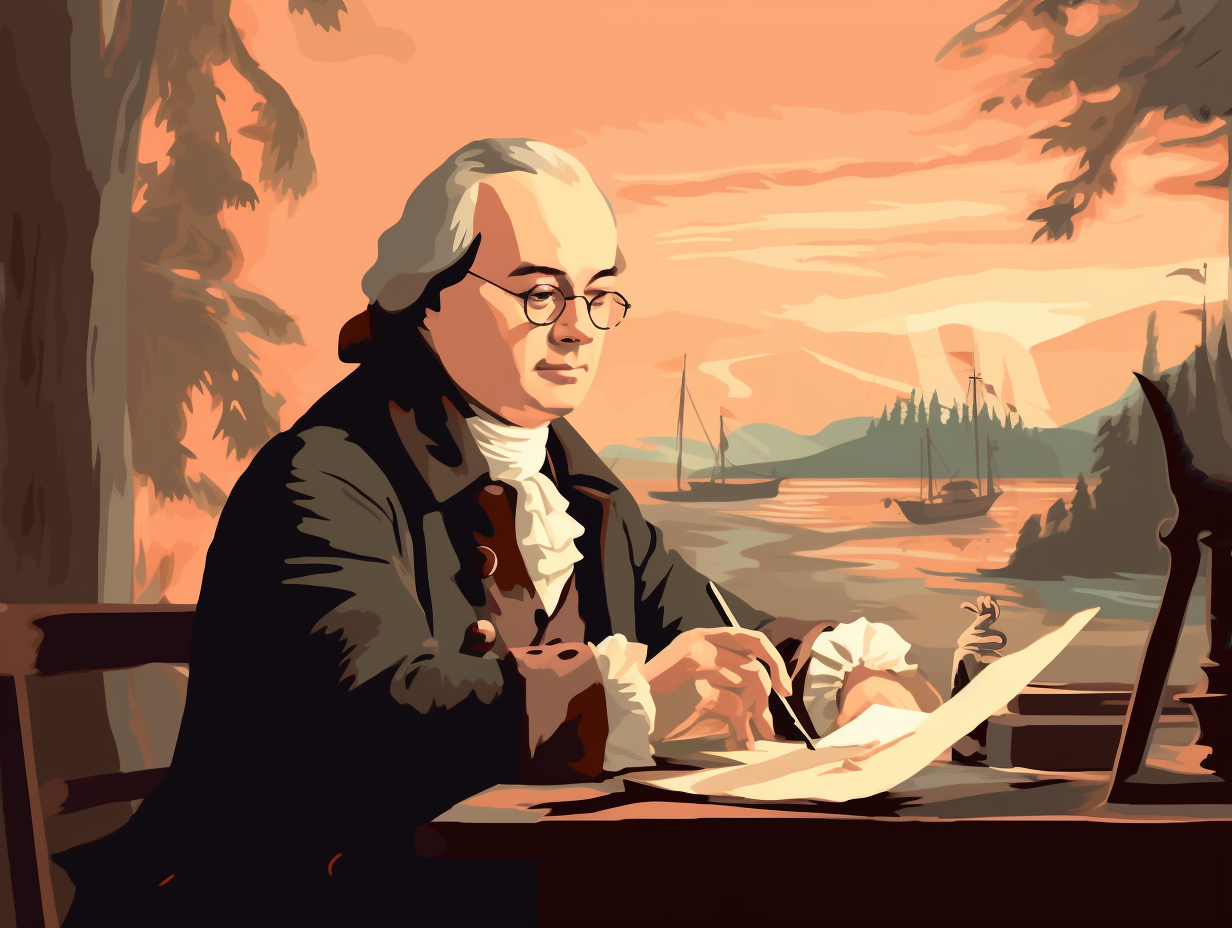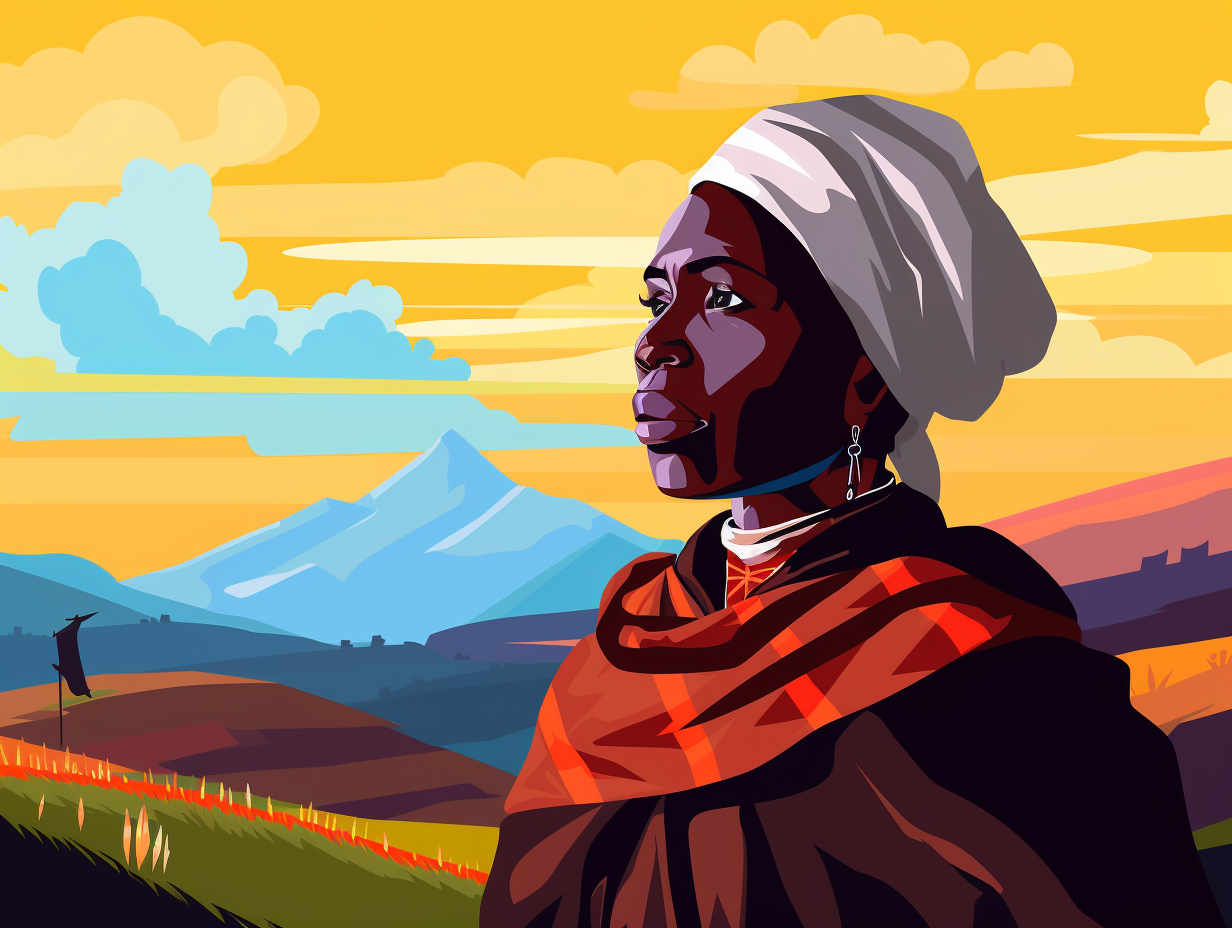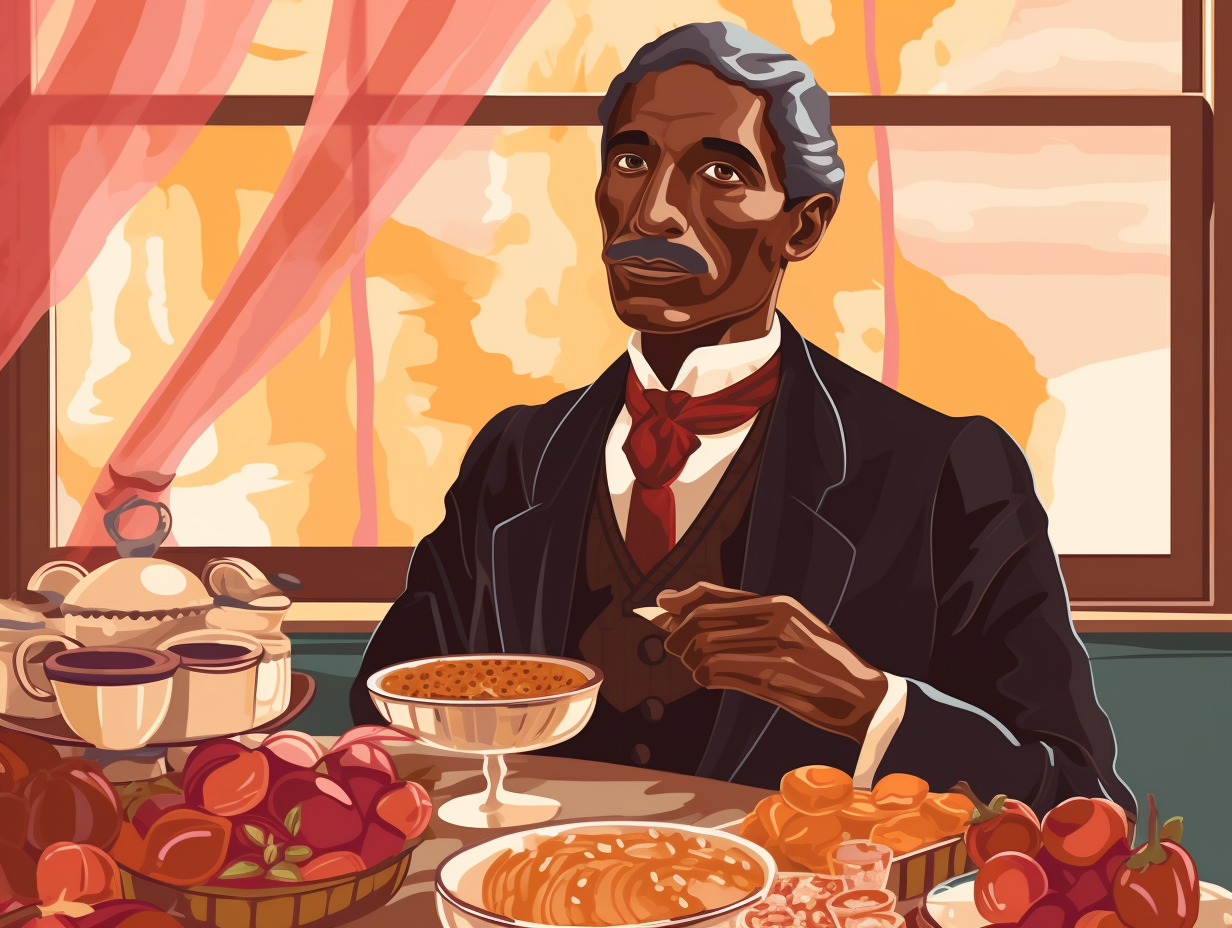Discover the Top 8 Fun Facts About Samuel de Champlain: The Father of New France
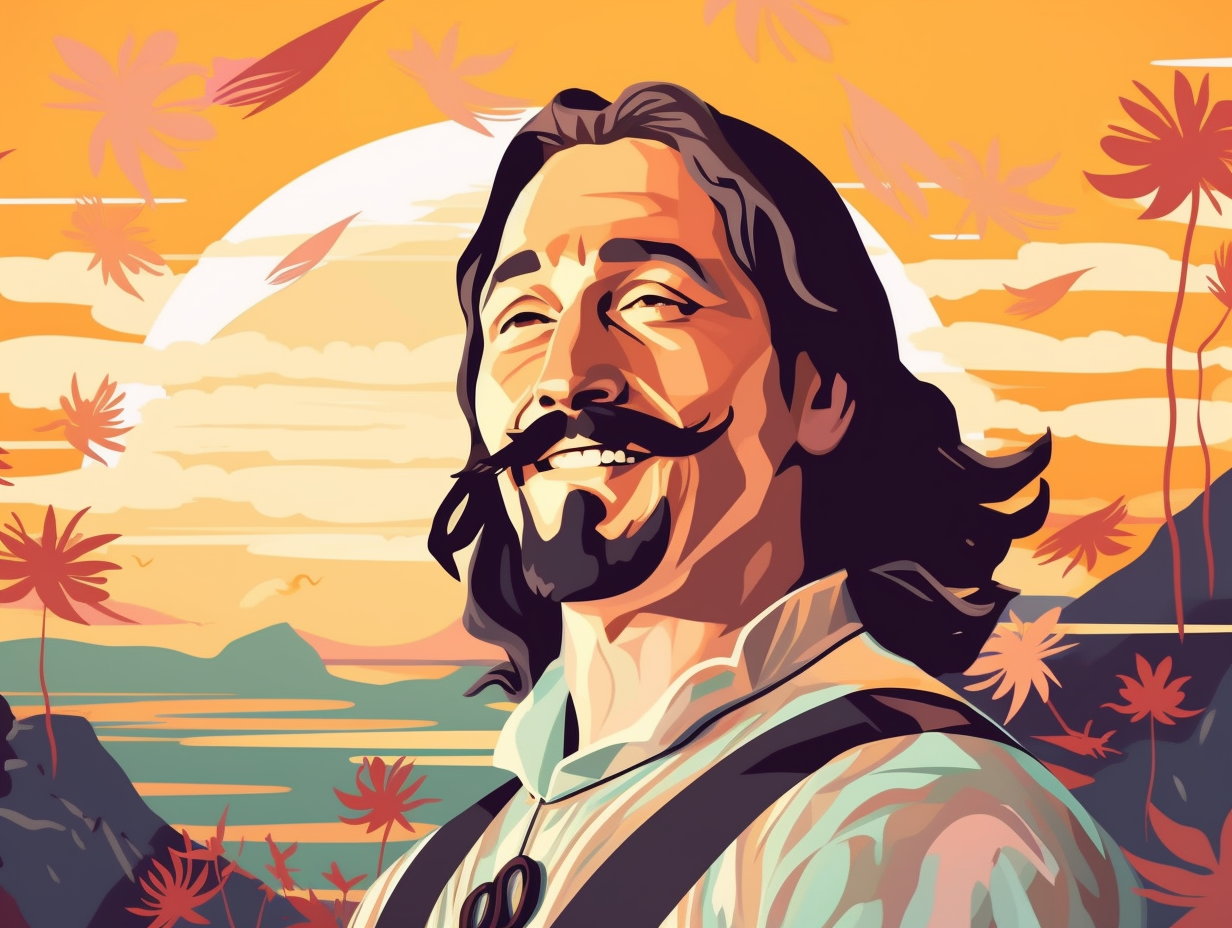
1. Da Vinci of New France
Who knew Samuel de Champlain was a Renaissance man with a knack for art and ethnography, giving Da Vinci a run for his money? This guy was chARTing new territories both figuratively and literally: Not only did Champlain found Quebec and navigate the seas as an explorer, he also created detailed illustrations of the indigenous people and landscapes he encountered. His detailed observations of the Wendat nation were so compelling that they earned their own book, Voyages et Découvertes faites en la Nouvelle France, laying the foundation for future studies of indigenous cultures in North America.
Source => en.wikipedia.org
2. Colonial Adventuress Turned Nun
Talk about taking a trip down Nun-nesia Lane: After a four-year stint exploring the Canadian wilderness with her hubby Samuel de Champlain, Hélène Boulle opted for a dramatic career change from colonial adventuress to nun and even founded the Ursulines of Meaux. Meanwhile, Champlain stuck around in Canada until he bid adieu in 1635.
Source => biographi.ca

Did you know a simple misunderstanding led to the naming of an entire country? Discover how Jacques Cartier's mix-up with the word "kanata" gave birth to the name "Canada"! 🍁💡
=> Fun Facts about Jacques-Cartier
3. 17th-Century Google Maps
Who needs Google Maps when you have Samuel de Champlain: He was a masterful cartographer, creating some of the most accurate maps of North America in his time, as well as introducing the use of the quadrant for measuring latitude – the ultimate 17th-century GPS!
Source => historymuseum.ca
4. Canoe Battle Bromance
"Captain Diplomacy and the Battle of the Canoes - the riveting bromance we never knew we needed between Samuel de Champlain and the Indigenous First Nations: In reality, Champlain was more than just a diplomat; he fought alongside his Indigenous allies against their mutual enemies, the Iroquois, forming a powerful and lasting alliance that laid the groundwork for a permanent French presence in North America."
Source => historymuseum.ca
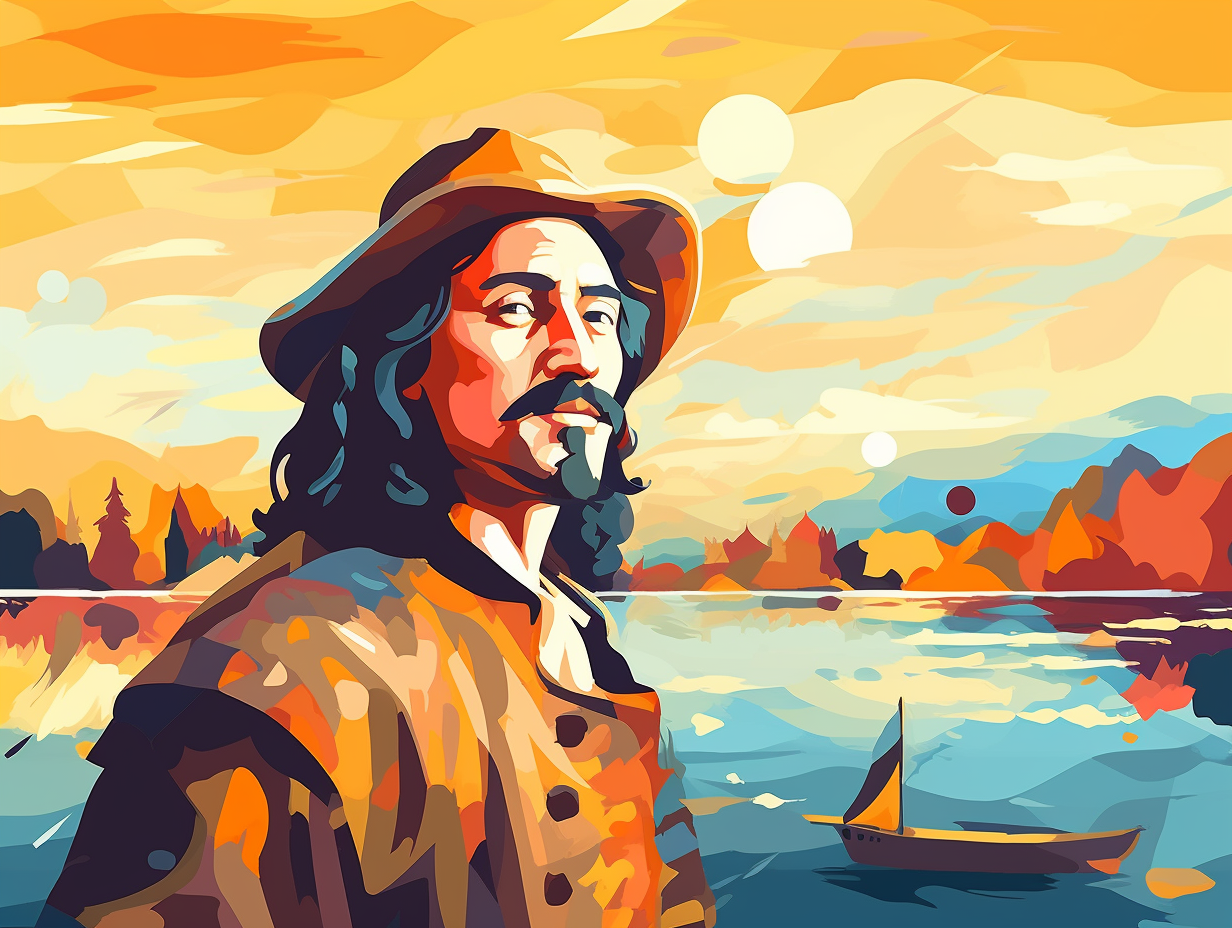
5. Champlain's Dream Journal
Before Samuel de Champlain could officially don his "Father of New France" title, he had to file it under the "C for Colonization Goals" section in his 17th-century dream journal: Champlain didn't quite envision Quebec as a sparkling jewel of a cultural mecca – rather, his ambitions leaned more towards building a thriving colony roped in trade, agriculture and industry. But no man can colonize alone, so like any good dad, he recruited a few Indigenous mates like the Montagnais, Huron, Odawa, and Nipissing nations to make this wild dream a shared reality.
Source => thecanadianencyclopedia.ca
6. Real-Life SimCity Strategist
Before France had the Eiffel Tower to wow the world, they had a cunning strategist playing real-life SimCity in the 17th century: Samuel de Champlain not only explored North America's St. Lawrence region, but also facilitated the relocation of French men and women there to establish settlements - all in a bid to compete with Spain and England's growing colonies.
Source => lakechamplainregion.com
7. Cartography Extraordinaire
Before "I'm the map!" was sung by a little bilingual backpack-dweller, Samuel de Champlain was pioneering the art of cartography like no other: This French explorer extraordinaire created the first accurate coastal map of North America, published accounts of his journey, and founded Quebec City – the hotspot hub for fancy French fur fiestas.
Source => en.wikipedia.org
8. The Quest for Botanical Knowledge
Move over, Monty Python and the Holy Grail; here comes Samuel de Champlain and the Quest for Botanical Knowledge: Not only was the great explorer Champlain a master of cartography, but he was also quite the green thumb! He brought over 70 different plant species from Europe to Quebec City, creating the first botanical garden in North America, testing to see which plants could withstand the region's climate and soil. Now that's what we call an all-natural compass for growth!
Source => thecanadianencyclopedia.ca
Related Fun Facts




